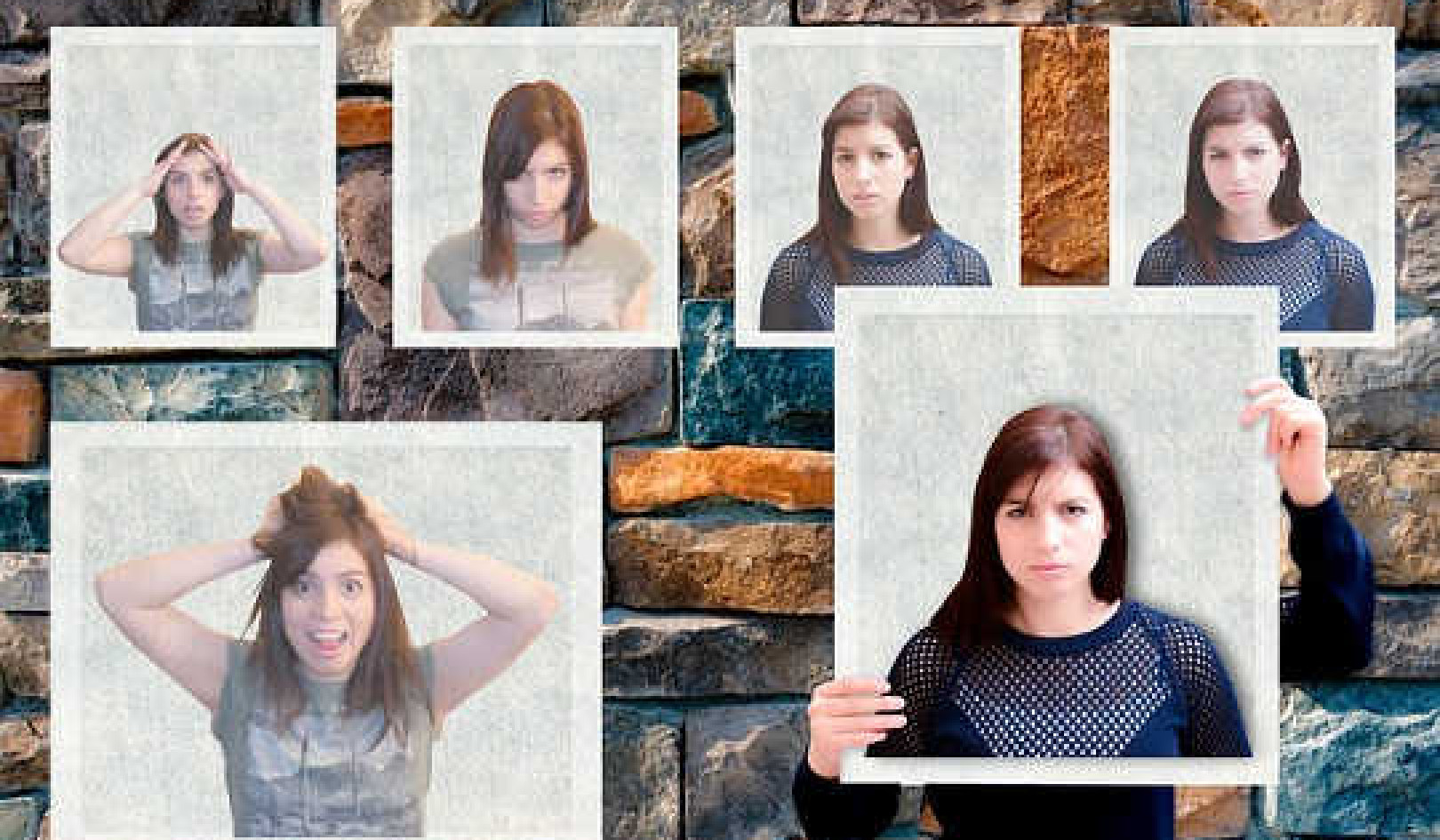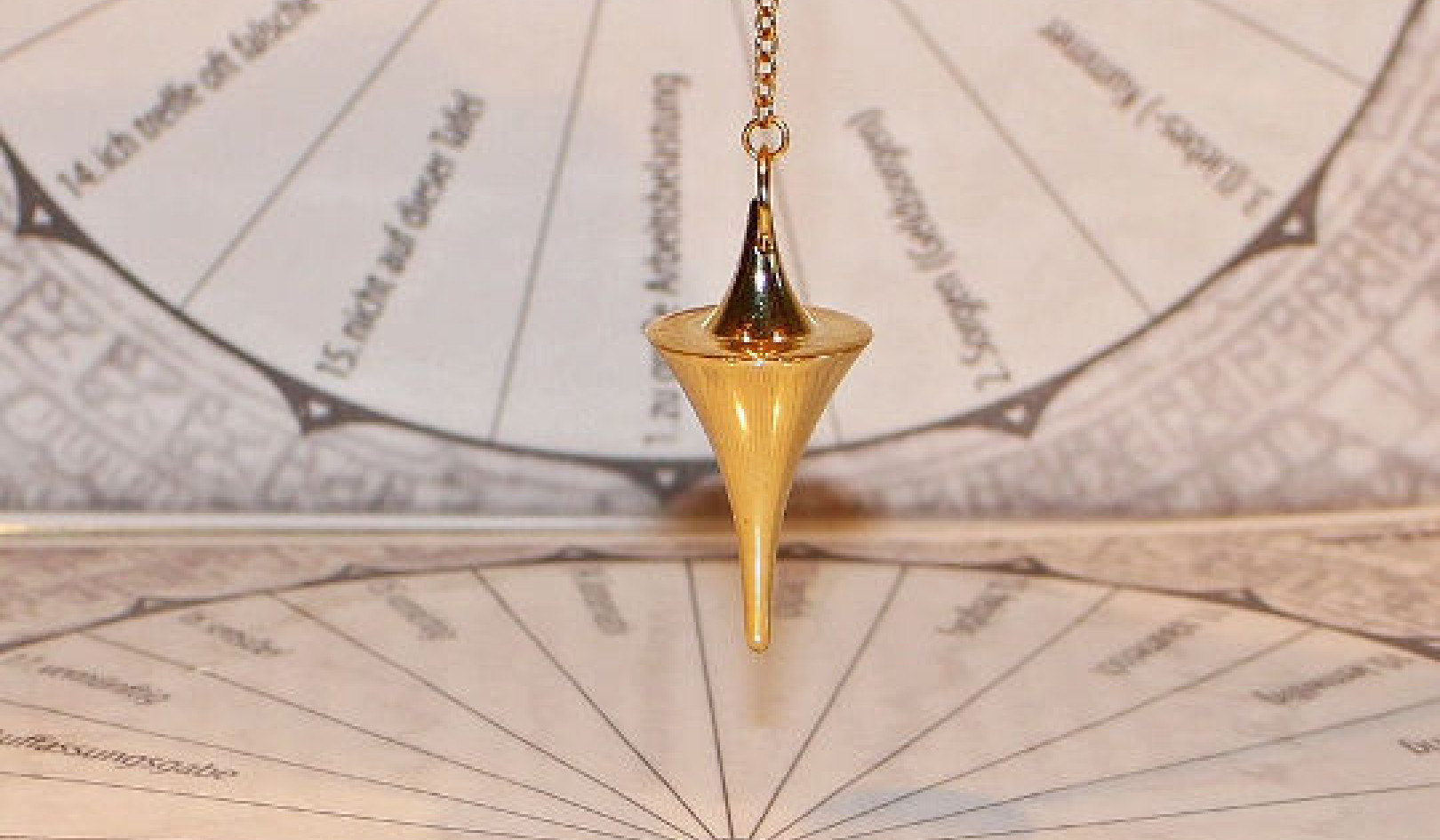
Buckets lists – inventories of things to do before you die – are often developed by people who know they have little time left. It seems like a good idea. But are they really beneficial, or can they cause harm? And is it really useful to generate lists that may – either due to expense or illness – be perceived as unrealistic?
The term “bucket list” is now such a normal part of everyday language that it seems hard to believe that it only entered our speech in the last ten years or so. Its origin is hard locate, but it probably developed from that other well-known phrase of uncertain origin: to “kick the bucket”.
Bucket lists leapt into everyday parlance following the 2007 film of the same name. It followed two terminally ill men (played by Jack Nicholson and Morgan Freeman) who went on a fantastical road trip, ticking off everything they wanted to do before they died. Despite mixed reviews, the film was an international box office hit and the term “bucket list” quickly became part of everyday speech.
Occasionally, peoples’ bucket lists become widely known. A recent example is the story of Matt Greenwood, who having being given a terminal diagnosis aged 21 wrote a widely publicised list of goals. His friends then raised more than £56,000 to try and help him complete them.
The effect of a creating a bucket list when you approach the end of life is largely unknown. But some conclusions can be drawn from current evidence and what people have written about their own experiences.
I was part of a team that reviewed the evidence into the impact of setting goals with terminally ill people. Much of the research wasn’t of the highest quality, but what there was suggests that developing goals when a person knows they are dying can give them hope and affirm the value that their life still has, even when it is limited in time and potential.
Some prominent personalities have widely publicised their bucket lists, and the value that they see in having them. One such example was Kate Granger MBE, a doctor from Huddersfield, England who was 30 when she was diagnosed with terminal cancer. She was a remarkable person who developed her own bucket list, when she knew she was dying, and a website to help others do the same.
She felt that her list provided a host of benefits: motivation, positive focus and romance. Her advice was to keep it simple and include activities that may seem inconsequential to others but were important to her and her husband. Bucket lists, therefore, have wider social benefits than for the person alone.
Unintended consequences
There is some evidence, though, that bucket lists can have unintended consequences. Observational research we conducted in one hospice showed that while attention was given to big bucket-list-type activities, such as getting married, smaller day-to-day activities could easily be missed. Focusing on large and significant things can lead to a loss of focus on everyday opportunities.
There is even some recent anecdotal evidence that enthusiastic completion of bucket list activities can lead to premature death. Ten people have died this year while diving at Australia’s Great Barrier Reef – twice the annual average. Experts’ suspect that some of these deaths may be down to older people ticking off diving from their bucket lists.
Perhaps the real worth of bucket lists is not the activities, experiences or goals themselves, but the values and motivations that lie behind them. If I am ever given a terminal diagnosis, my hope would be to remain focused on who and what is important to me in the present moment, and set my goals accordingly. Much of this I suspect would focus on small everyday activities and time with people I love. But if I could achieve some of this while walking in the Scottish Highlands, or on a trip to my favourite places in Italy, then so much the better.
![]()
About The Author
Edward Duncan, Senior Research Fellow in Applied Health Research, University of Stirling
This article was originally published on The Conversation. Read the original article.
Related Books:
at InnerSelf Market and Amazon























